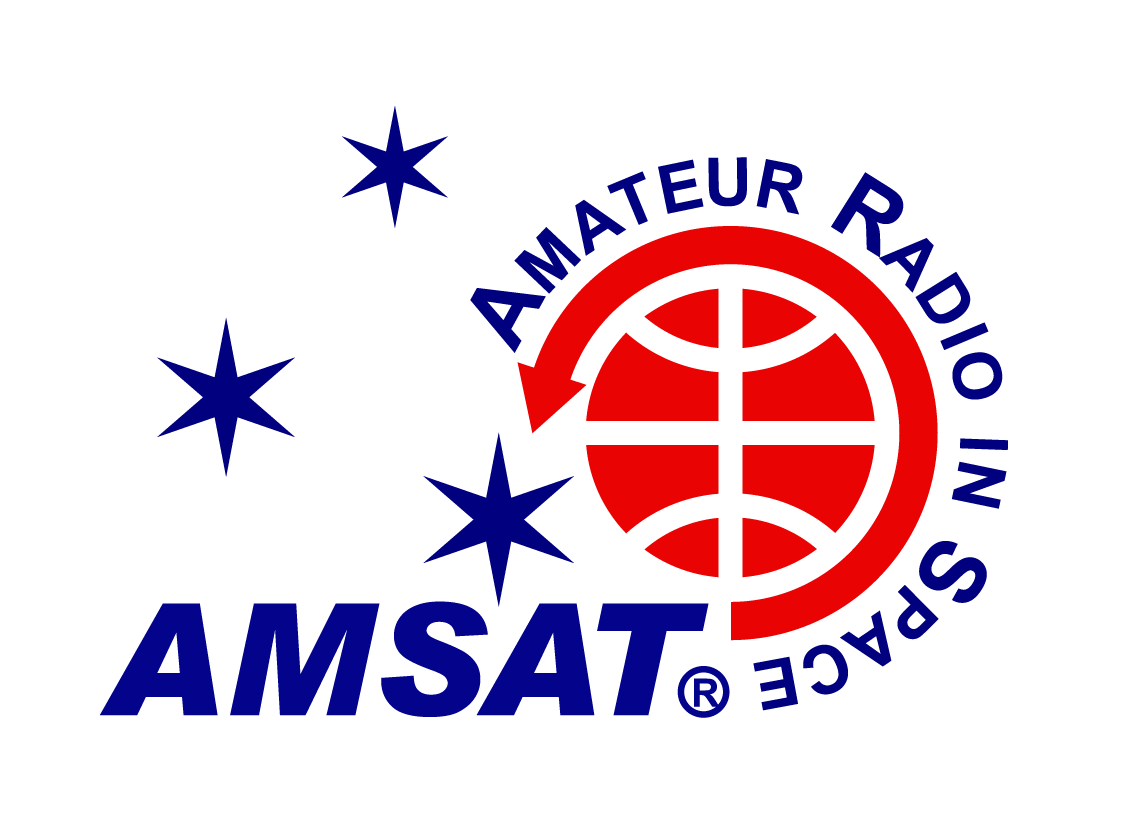Andy, W5ACM (ex WA5ZIB), became a Silent Key on May 19, 2021. He has been a close friend of mine since I became a ham in 1993. That was when I found satellites and AMSAT. Andy had been doing the Houston AMSAT Net and I became involved in the net. We have done over 1400 episodes of the net since then. Andy and I had a great time at many AMSAT Symposiums where we would work satellites from parking lots of restaurants or outside a hotel. During the AMSAT Symposium in 2016, we worked each other from the deck of the cruise ship when we were standing about 3 feet from each other.
Andy spent some time in the early 90’s on the AMSAT Board of Directors. Many of today’s hams would not remember the K2ZRO tests on AO-13. When the satellite was at apogee, Andy would transmit a string of CW characters. He would then reduce his power by 50% and transmit another string of characters. This would be done 8 times to a point where the signals were very weak. Hams around the world would participate and receive a certificate with an endorsement for the level you achieved.
Andy got into balloon launches. I do not remember when BLT-1 was launched but BLT-12 was launched in 1993 and they are into the 60’s now. The balloons have gone up with all types of experiments on them and have come down in many a strange place. One came down in the Gulf of Mexico, picked up by a fishing boat and they called the number on the package. Of course that one was not reusable as everything was a tad bit wet. The balloon came down in someone’s front yard once and they picked it up and took it inside. GPS told the tale and knocking on the door, the homeowner returned the package. A few recent balloon launches have traversed the globe one or two times.
Andy had worked at NASA and was a member of the Johnson Space Center ARC as well as the Brazos Valley ARC in Houston, the ARRL and AMSAT. More recently he was the Chief Engineer for the radio station, KTRU, at Rice University in Houston. Andy gave talks and demos at many Houston area hamfests.
It was only a few months ago in February that Andy went in for a quick procedure and they found something that should not be. He was sent home for hospice care. You will be missed my friend. … _._
73…Bruce
A funeral service will be held on Thursday, May 27th 2021 at 12:30 PM at the Pines Presbyterian Church (12751 Kimberley Ln, Houston, TX 77024-4097). A graveside service will be held on Thursday, May 27th 2021 at 2:30 PM at the Memorial Oaks Cemetery (13001 Katy Fwy, Houston, TX 77079). Andy’s wife, Heather, has requested that donations in his name be made to AMSAT or the Brazos Valley Amateur Radio Club, P.O. Box 2997, Sugar Land, TX 77487-2997 (reference the Andy MacAllister BLT Memorial Fund). Donations to AMSAT in his name may be made through the form below.


